27.07.2020
Ready for Mars: Perseverance Counts Down to Thursday Launch
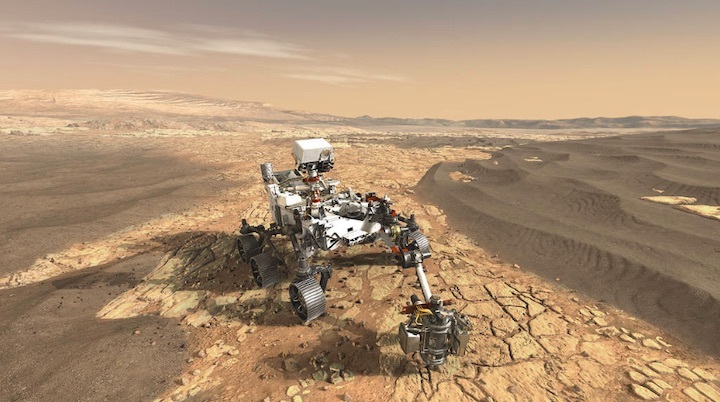
Only four days now remain before NASA despatches its next robotic explorer to Mars. The long-awaited Perseverance rover—equipped with seven scientific instruments to sniff out the biosignatures of past life, assess the behavior of dust as part of efforts to better understand the Martian weather and test-fly a helicopter on another world for the first time—is scheduled to launch atop a United Launch Alliance (ULA) Atlas V booster during a two-hour “window” which opens at 7:50 a.m. EDT Thursday. Assuming an on-time launch, Perseverance will spend 203 days in space, before executing a hazardous Entry, Descent and Landing (EDL) on 18 February 2021 to alight in the geologically-rich Jezero Crater, just north of the Martian equator. It is expected that Perseverance will contribute substantially to build knowledge for future In-Situ Resource Utilization (ISRU) on the Red Planet and gather a “cache” of soil and rock specimens which may be retrieved and returned to Earth on a future mission.
+++
Mission Live Updates
Weather looking food for Thursday's launch
The 45th Weather Squadron have released the weather forecast for the Mars Perseverance Atlas V launch. This covers 3 consecutive days with the chances of acceptable weather looking great for all opportunities.
Launch Day is 80% Go with the main concerns being Cumulus Clouds and Thick Clouds.
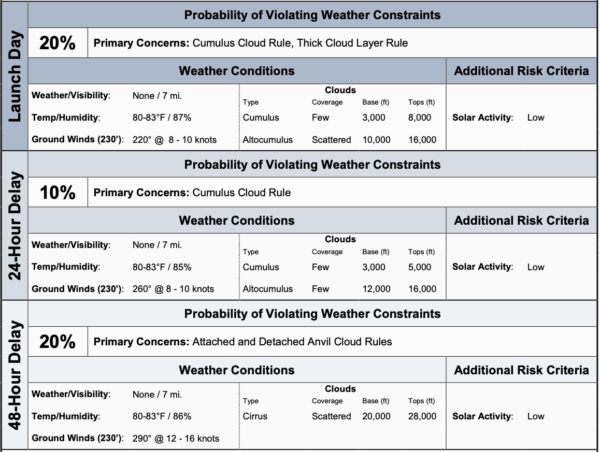
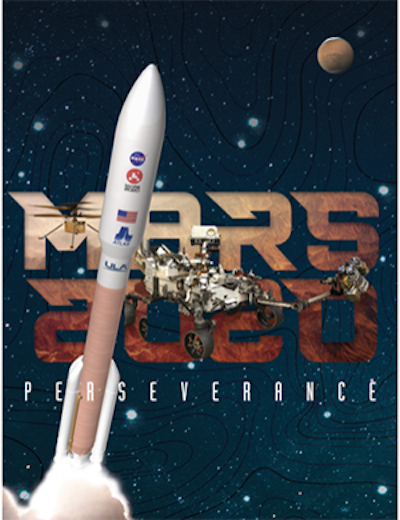
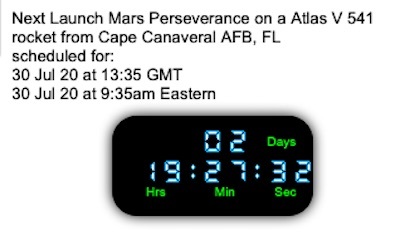
Weather is good for NASA's Mars Perseverance launch on ULA's Atlas V rocket from Cape Canaveral
Less than a week to go until a spacecraft slated to head to Mars lifts off from Cape Canaveral and weather is looking good for launch.
As of Sunday, weather was 80% "go" as calculated by the U.S. Air Force for NASA's Mars Perseverance launch which is scheduled to lift off no earlier than 7:50 a.m. July 30.
The spacecraft will launch atop United Launch Alliance's Atlas V rocket from Cape Canaveral Air Force Station Launch Complex 41.
Teams have until 9:50 a.m. to launch or will be forced to delay another day.
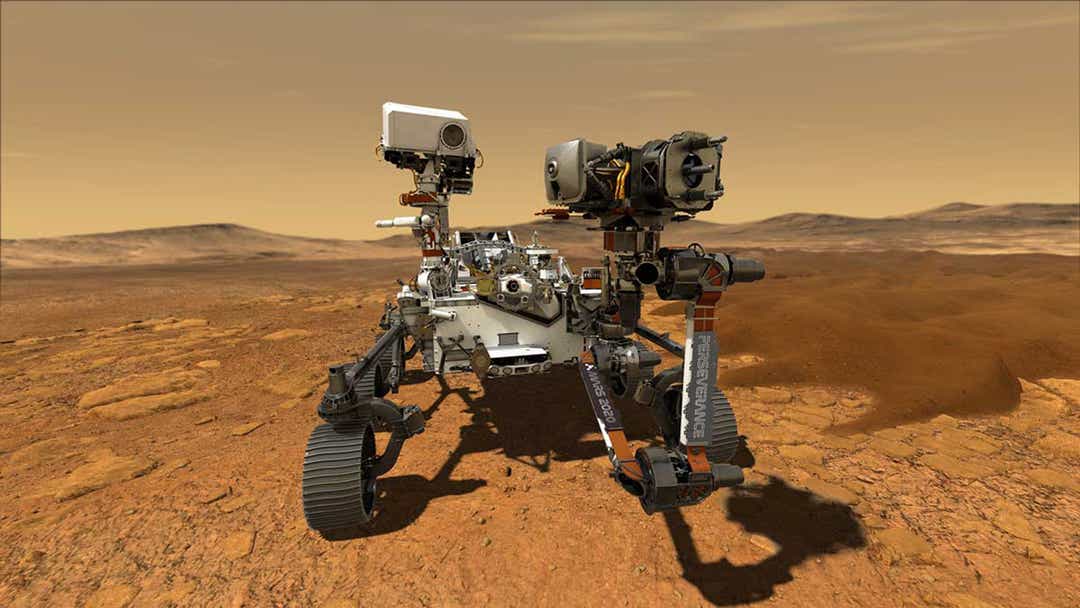
The primary weather concern for Thursday's launch are isolated showers offshore and mid-level clouds along the coast, according to the 45th Space Wing.
In the event of a delay, weather improves slightly to 90% "go" for a Friday launch.
After liftoff, the Mars Perseverance rover and Ingenuity helicopter will head on a six-month journey to the red planet where it will then attempt to search for past and present signs of extraterrestrial life on the Martian surface.
Perseverance's mission marks the first leg of a sample return mission on Mars. If successful, Perseverance will collect and cache Martian rock samples for a future Mars lander to retrieve and return to Earth.
The mission will also be the first time a helicopter flies on Mars.
"It's not easy to build a rotorcraft to fly on Mars. The atmosphere is really thin. I mean compared to Earth, it's about 1%. So a vehicle to fly on Mars has to be really light and it has to spin really fast," said MiMi Aung, Ingenuity helicopter project manager at NASA's JPL during a media teleconference.
In total, the mission is expected to last approximately ten years from the time Perseverance lifts off to when the samples are returned to Earth.
Quelle: Florida Today
+++
NASA's Perseverance rover to return Martian meteorites to Mars
|
July 27, 2020
— NASA is poised to launch its first Mars sample return mission, though not in the traditional sense of the term. |
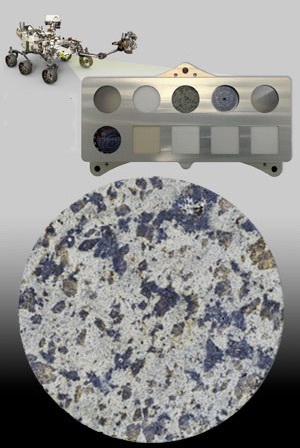 A Martian meteorite (inset) is part of the calibration target for the SHERLOC science instrument that is mounted to the front of NASA's Perseverance rover. The mission will search for evidence of ancient microbial life on Mars. (NASA/JPL / collectSPACE)
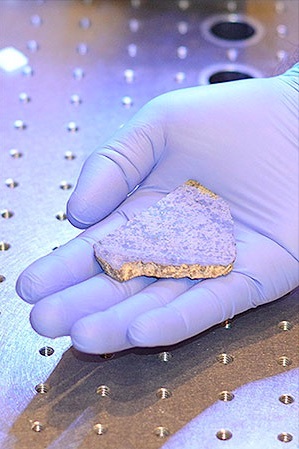 A slice of a meteorite scientists have determined came from Mars. A similar slice is being returned to Mars on NASA's Perseverance rover as part of the SHERLOC calibration target. (NASA/JPL)
 Discovered in Oman in 1999, the Sayh al Uhamiyr 008 (SaU 008) meteorite was blasted off Mars 600,000 to 700,000 years ago. A slice from the meteorite is now returning to the red planet aboard NASA's Perseverance rover. (Natural History Museum, London)
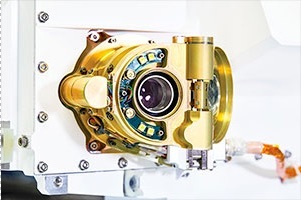 An engineering model of SHERLOC, one the instruments onboard NASA's Perseverance rover. Located on the end of the rover's robotic arm, SHERLOC will help determine which samples to take so that they can be sealed in tubes and left on the Martian surface for future return to Earth. (NASA/JPL)
|
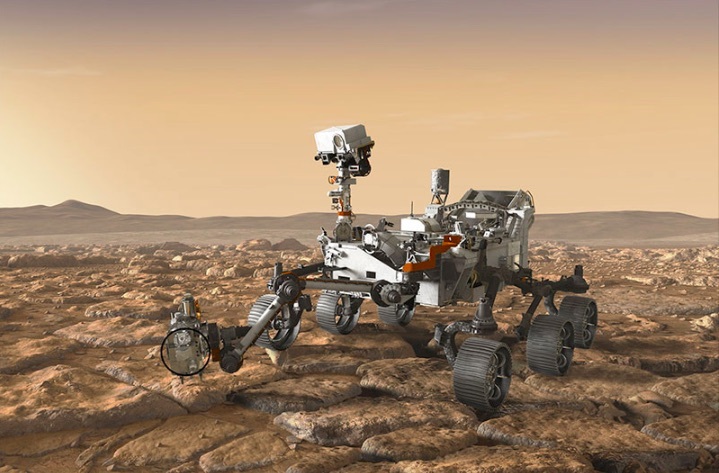
|
Artist's concept of the SHERLOC instrument (circled) located on the end of the robotic arm of NASA's Perseverance Mars rover. (NASA/JPL-Caltech)
|
NASA Mars rover completes preflight checks ahead of this week’s launch
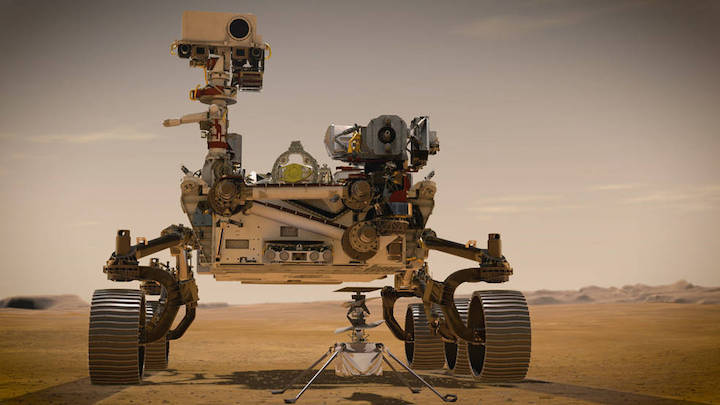
NASA’s Perseverance rover headed for Mars this week officially cleared all required Flight Readiness Reviews, pushing the mission one step closer to its launch pad rollout and liftoff. Launch provider ULA (United Launch Alliance) announced the milestone earlier today.
“The Launch Readiness Review (LRR) has given the approval to continue preparations for Thursday’s liftoff of the United Launch Alliance Atlas V rocket carrying NASA’s Mars 2020 mission,” ULA’s official mission page stated. “Leadership from ULA, NASA and the Space Force assessed the readiness of the rocket, payload and mission assets, discussed the status of pre-flight processing work, heard technical overviews of the countdown and flight, and previewed the weather forecast that continues to be favorable with an 80 percent chance of acceptable conditions. At the conclusion of the meeting, senior leaders were polled and gave a unanimous ready status for launch, then signed the Launch Readiness Certificate.”
NASA followed with two separate live-streamed conferences in an effort to both inform and engage the public about the mission’s details and goals. During the first pre-launch event, key executives for the mission expressed their pride in the Perseverance rover team while making particular note of the challenging circumstances faced during the COVID-19 pandemic. “Every day was taking the kids to work day,” mused Omar Baez, NASA’s Senior Launch Director.
Keeping the 2020 Mars rover mission on schedule has been vitally important compared to other launches due to the timing involved with the seven-month journey to the red planet. “We have a 20 day planetary launch window, and if we miss it, we’re pushing out another couple of years,” explained Matt Wallace, Perseverance’s Deputy Project Manager, during the first conference. NASA’s second conference of the day focused on the engineering details behind the rover’s instruments to fulfill its three primary missions of seeking signs of life, collecting/caching samples, and testing future technologies.
The 2020 rover has many unique instruments that make it stand out from NASA’s other rovers and landers currently residing on Mars. As part of making the search for ancient microbial life its mission priority, Perseverance has a large robotic arm with a multi-bit drill attached for gathering and storing scientifically interesting samples. These specimens will later be brought to Earth as part of a “sample return” mission.
NASA’s newest Mars rover will additionally have two technology tests aboard – one that generates oxygen from the planet’s carbon dioxide atmosphere, the other a small helicopter for gathering aerial data, and enabling more widespread travel possibilities. Perhaps most relatable to many humans’ day-to-day, however, is Perseverance’s “selfie” capabilities. Not just limited to snaps surrounded by regolith and red mountains, once descent and landing begin from Martian orbit, the rover’s numerous cameras will capture the entire event on video and send the footage back to NASA’s team and the public alike.
Perseverance will accomplish its tasks using power provided by a plutonium-238 nuclear energy source with a 14-year lifespan. As the isotope decays, heat is generated and converted into electricity to charge the rover’s batteries. This part of the mission was activated and loaded with Perseveranceinto its ULA Atlas V rocket last week.
NASA plans the mission’s launch pad rollout tomorrow with an early morning liftoff on Thursday, July 30th.
Quelle: TESLARATI
----
Update: 30.07.2020
.
Erfolgreicher Start von NASA Mars Rover 2020 Mission
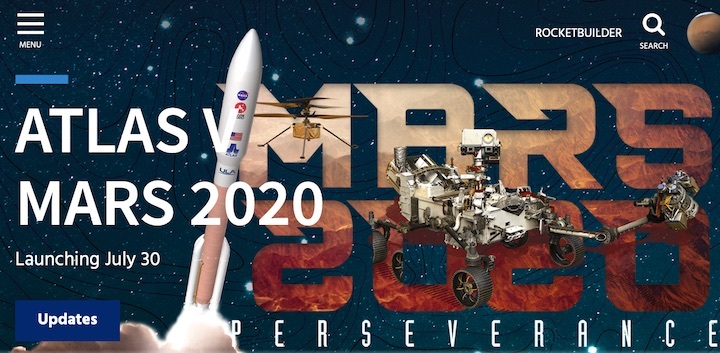
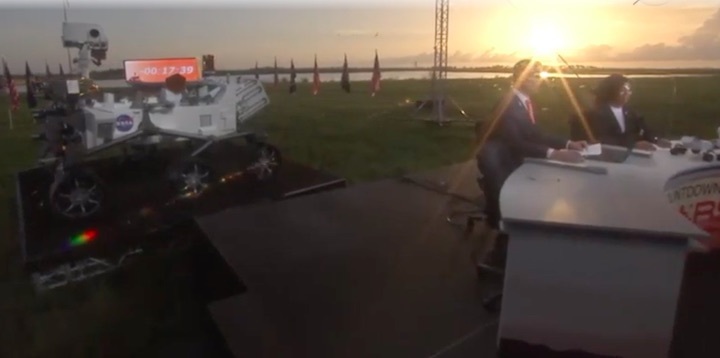
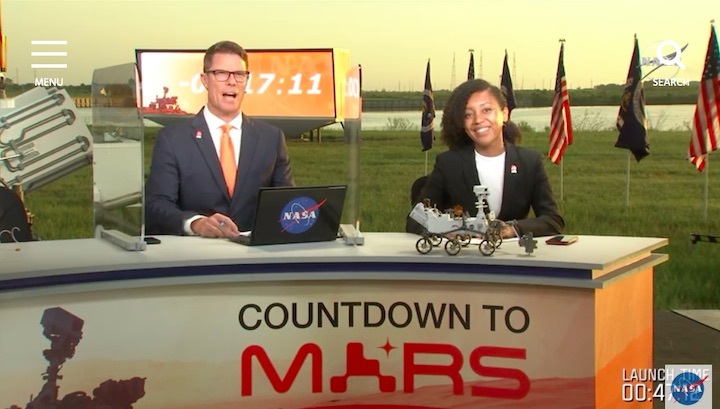
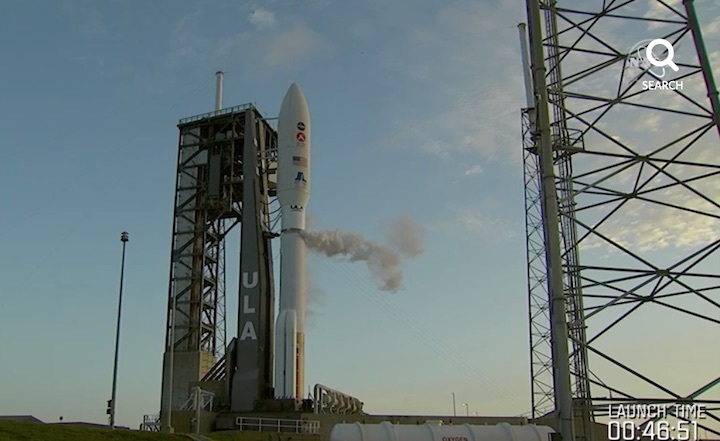
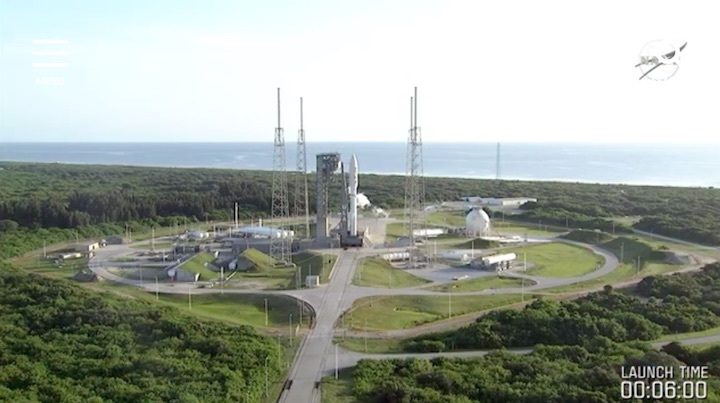
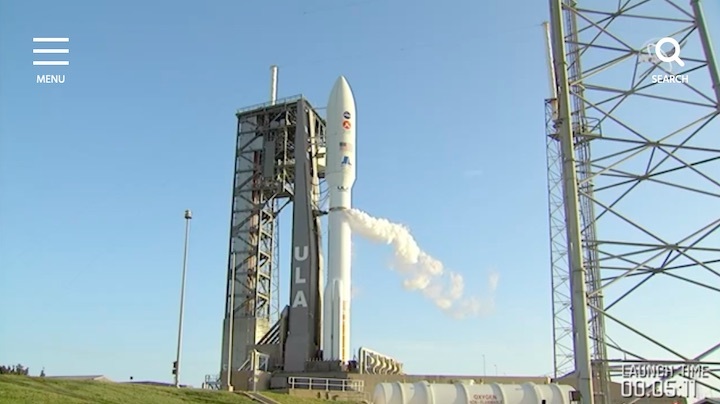
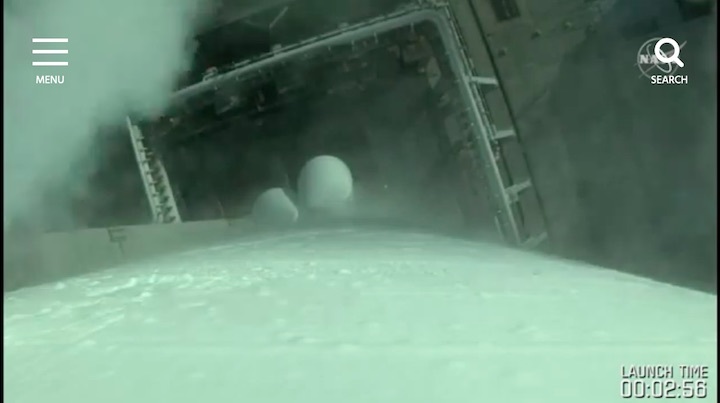


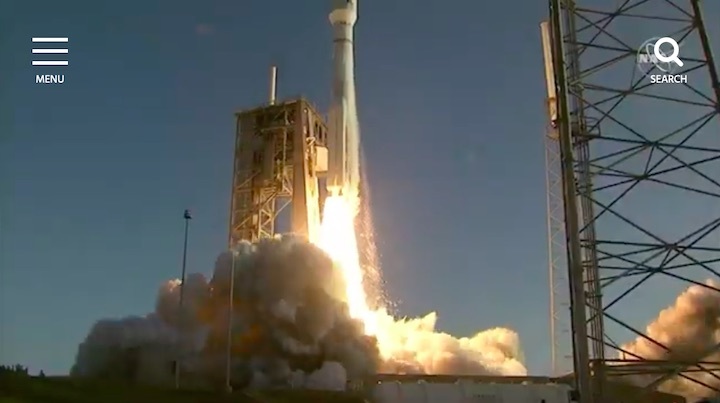
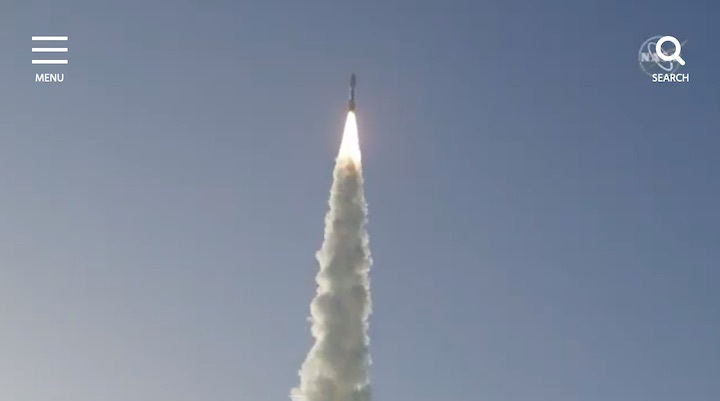
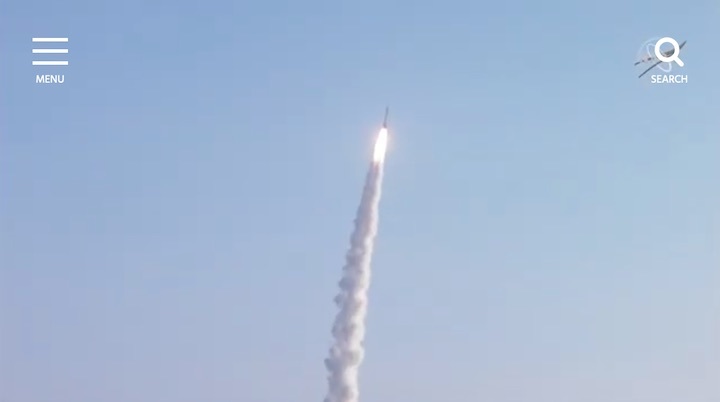
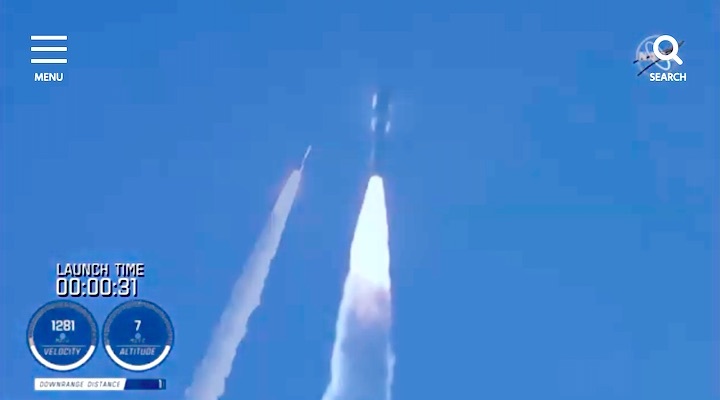
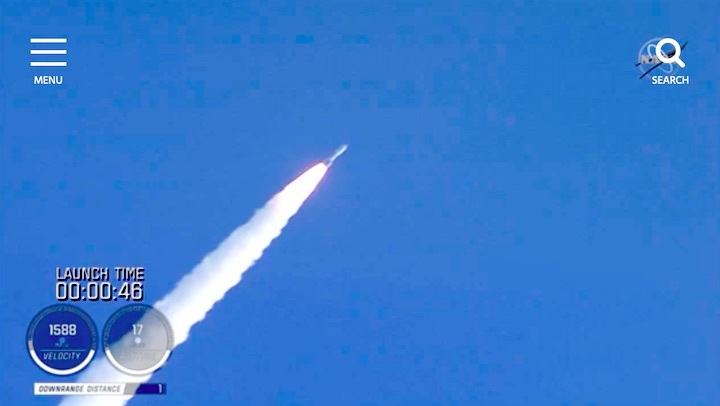
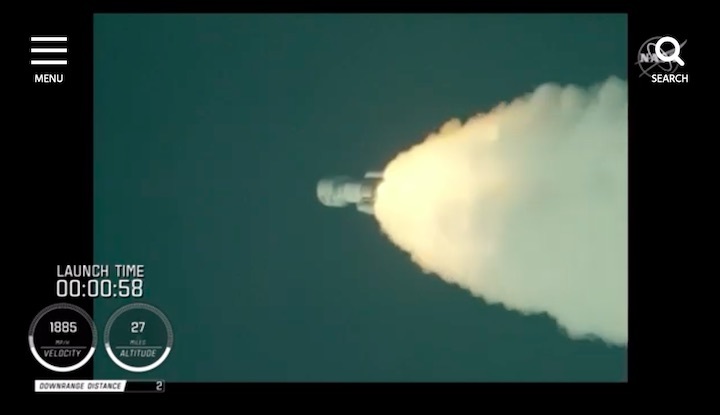
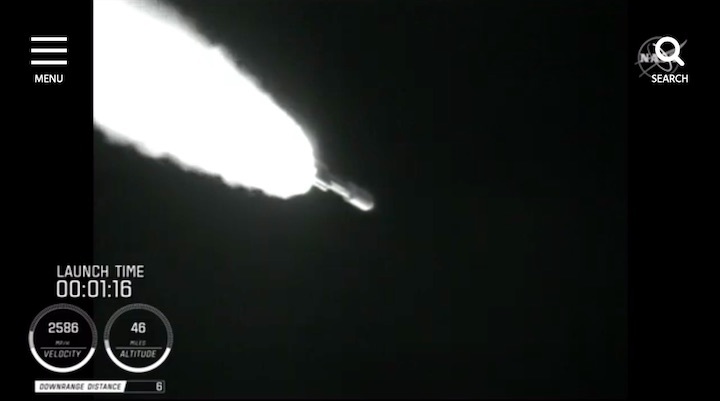
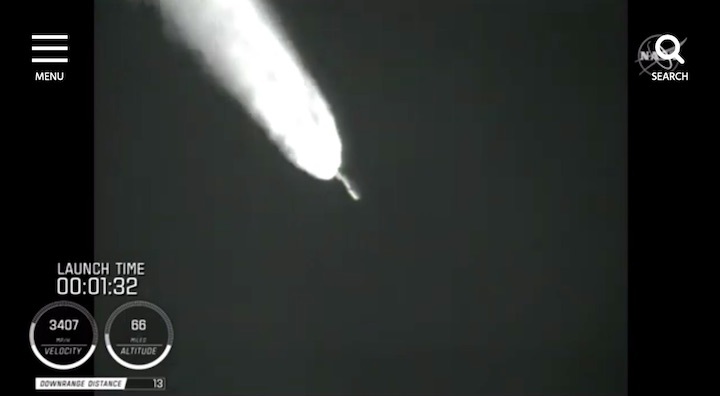

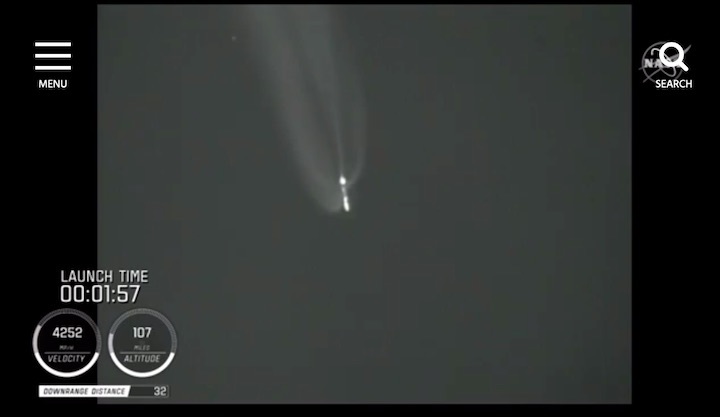

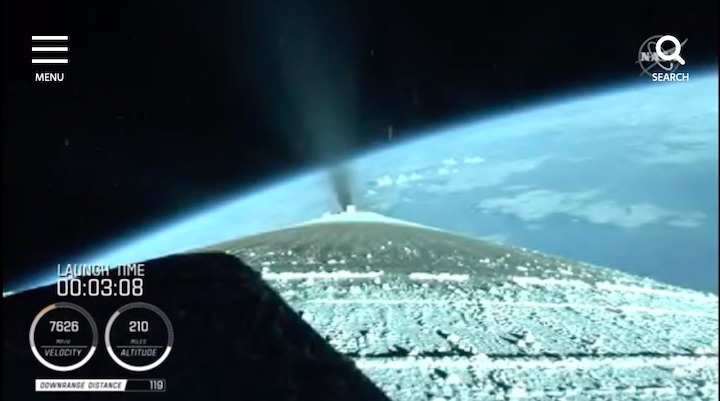
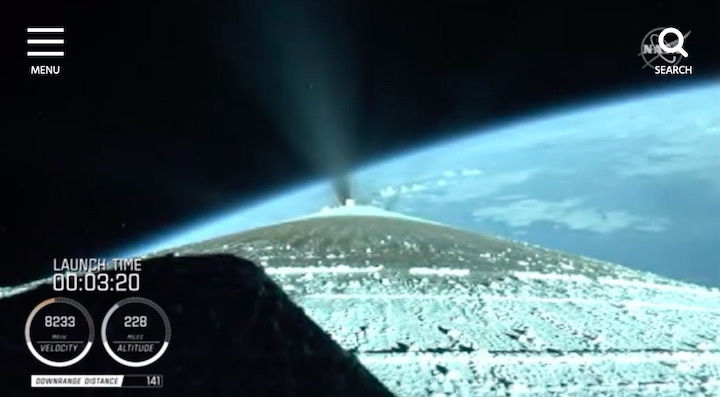
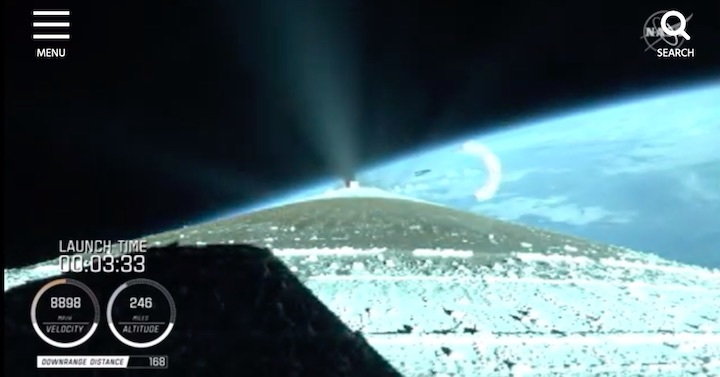
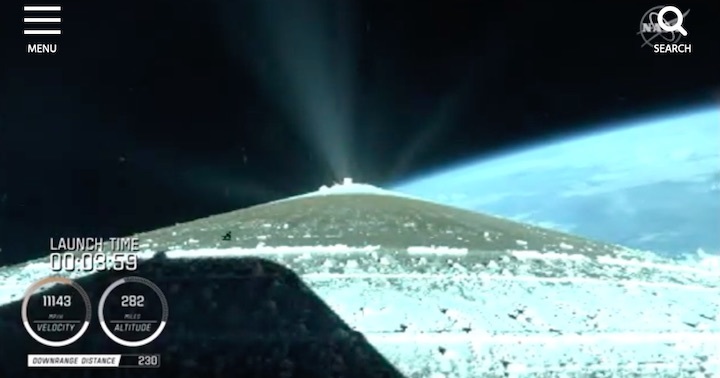
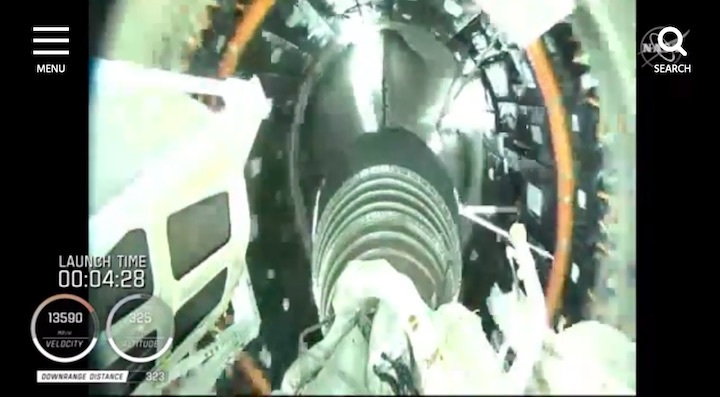
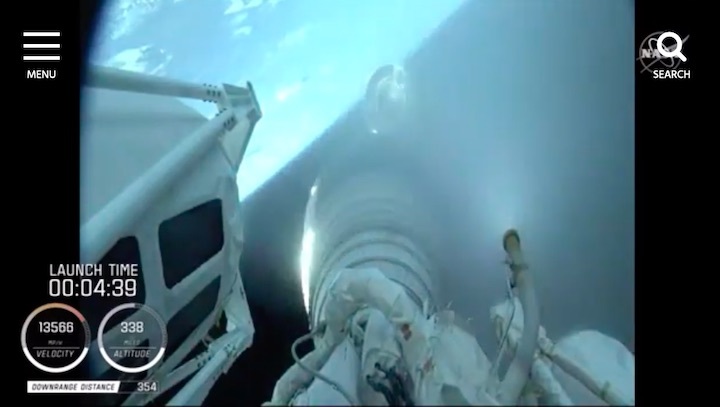
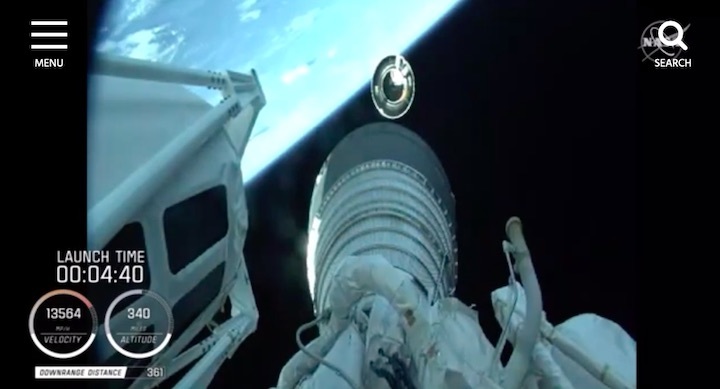
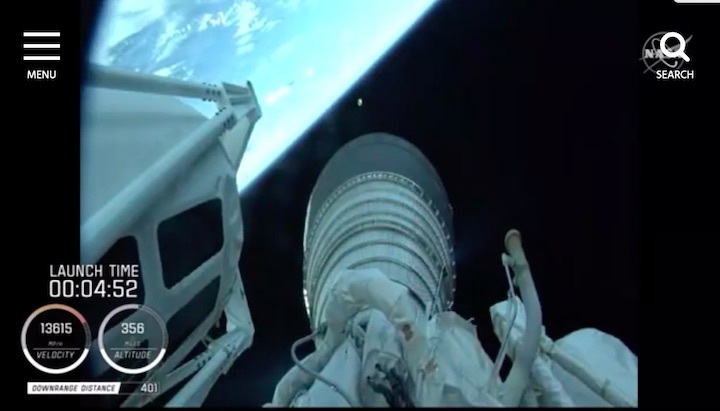
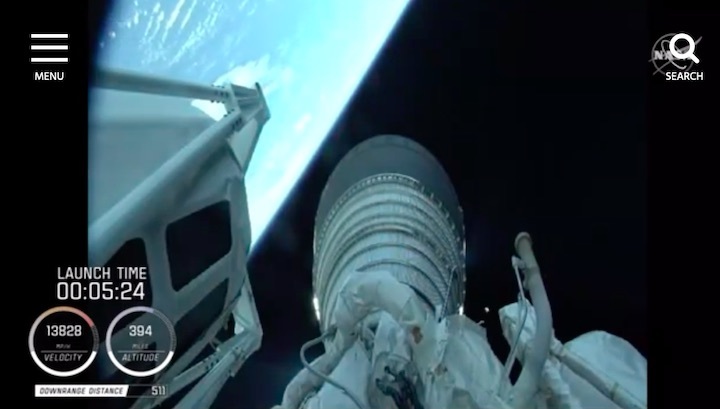
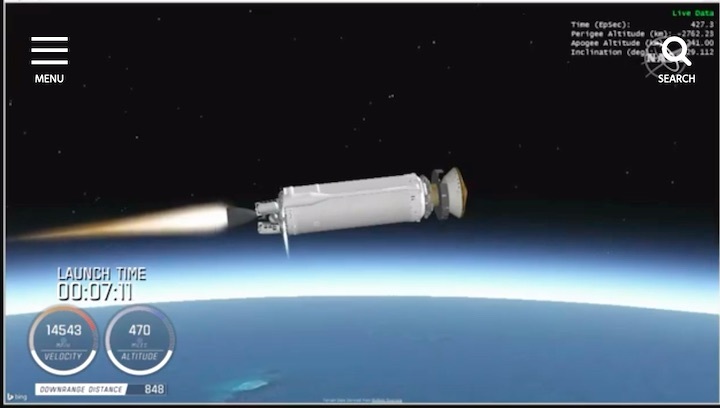
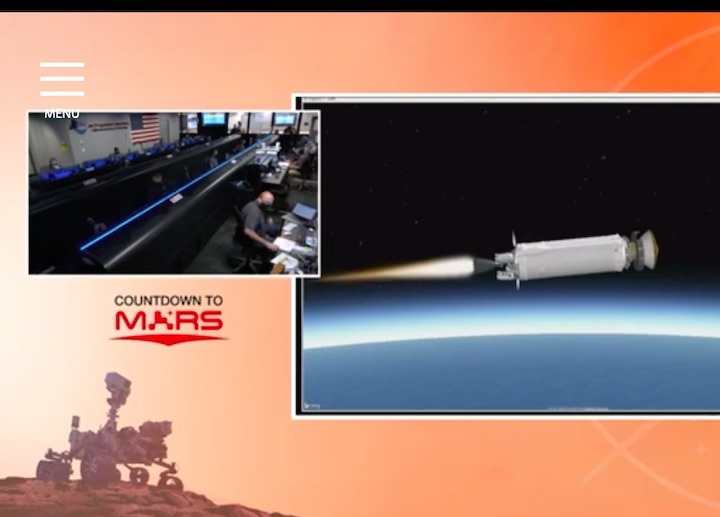
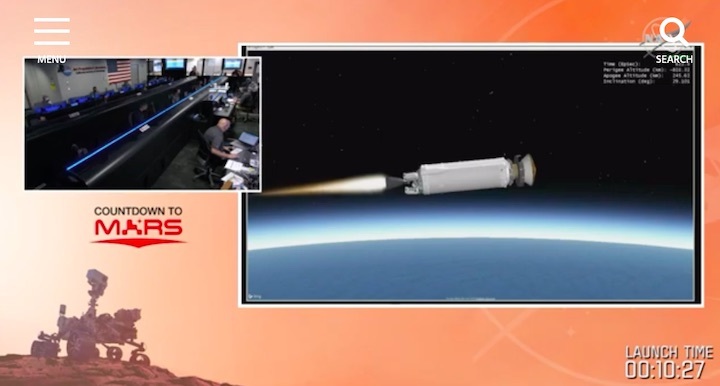
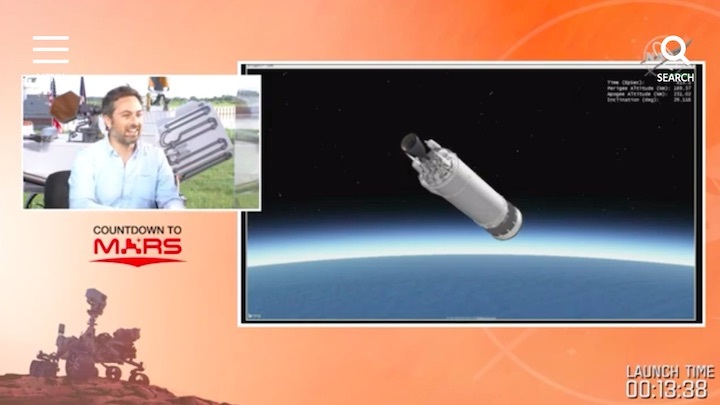

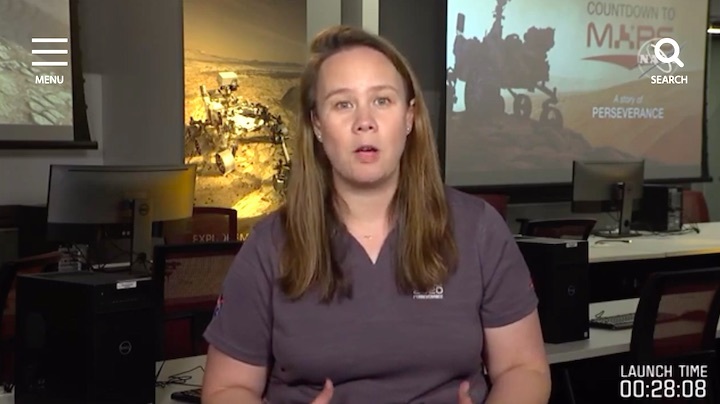
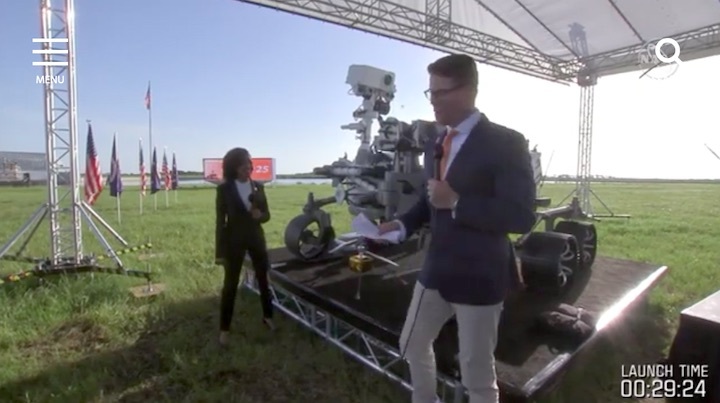
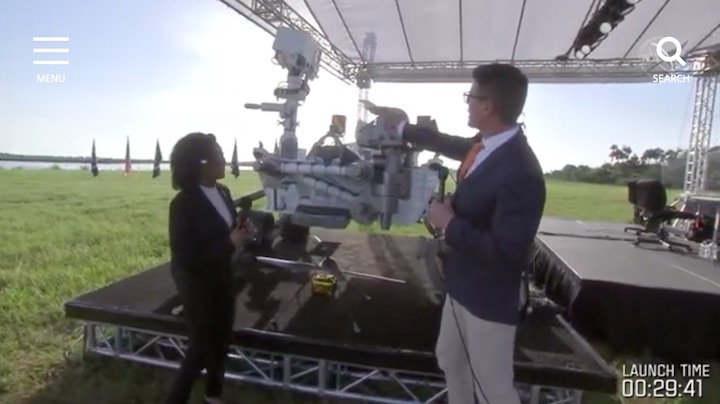
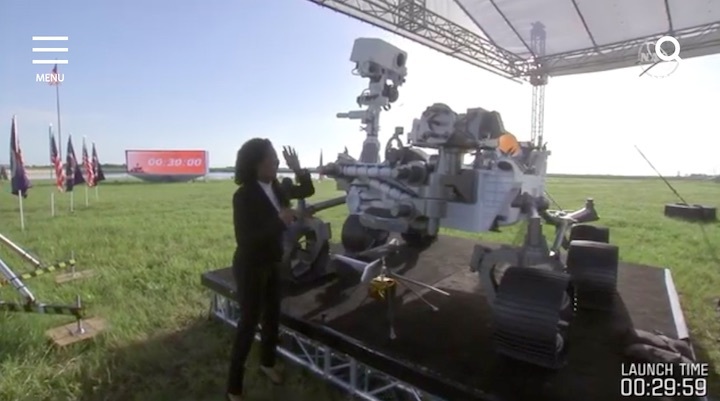
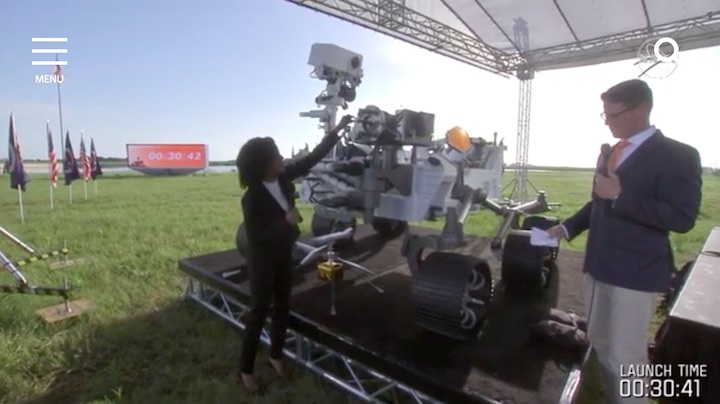


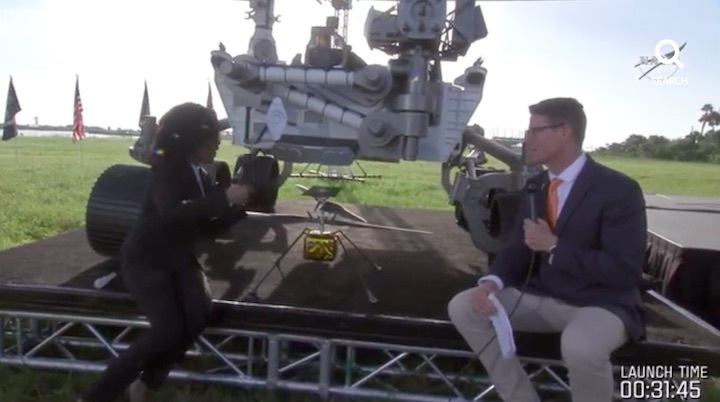
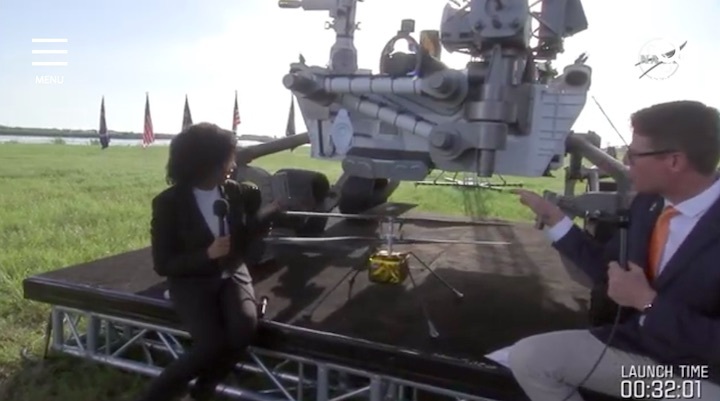
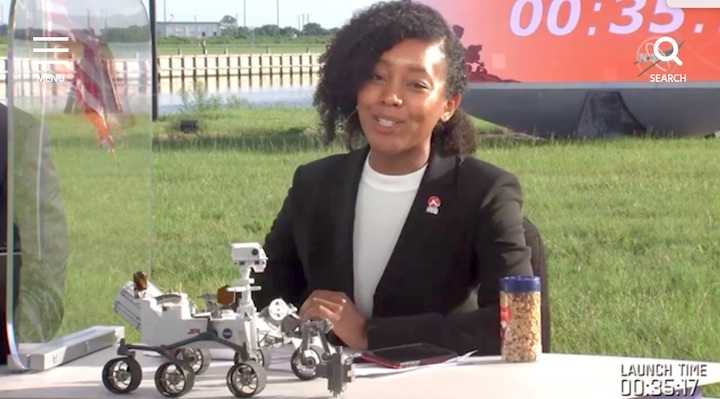
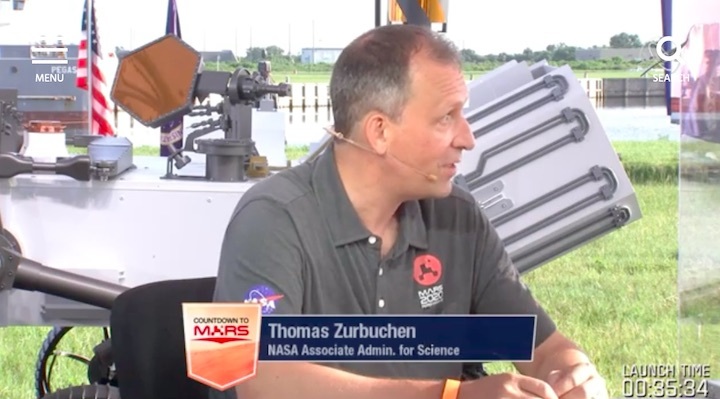

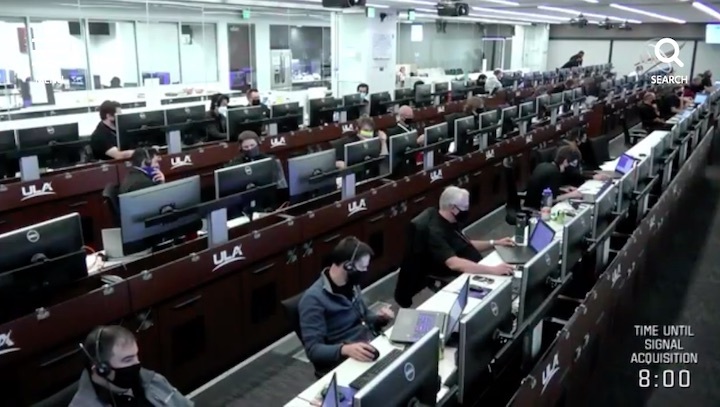

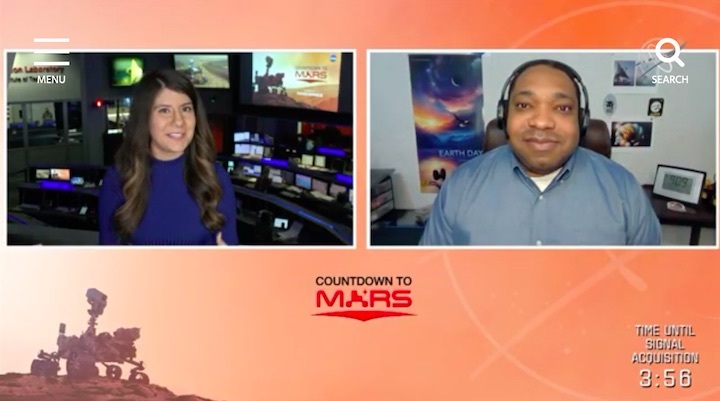
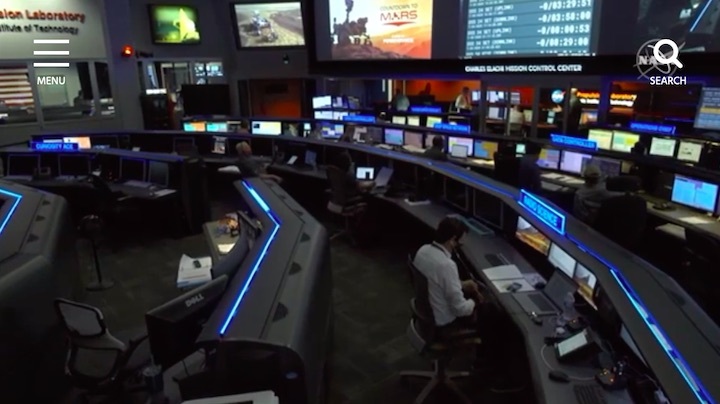

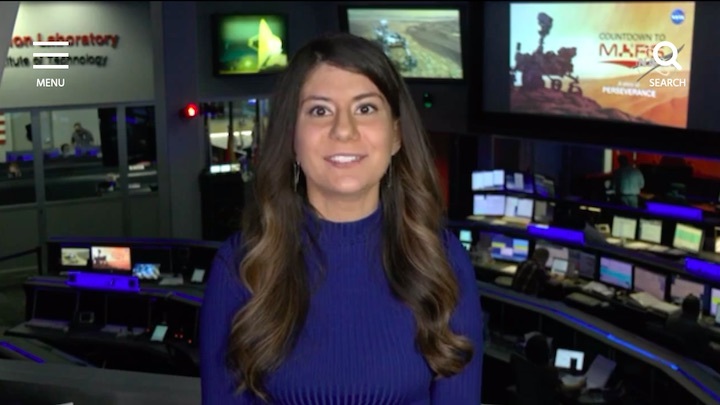
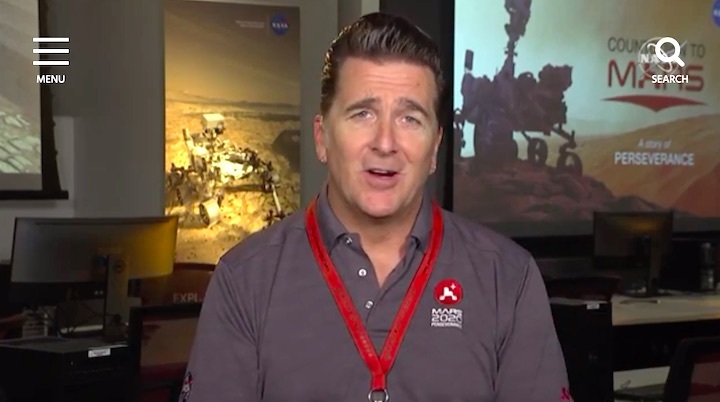

Quelle: ULA
+++
United Launch Alliance Atlas V Successfully Launches Mars 2020 Mission for NASA
ULA and its heritage rockets have launched every U.S. led mission to Mars, beginning in the 1960s. The launch of this mission marks ULA’s 20th trip to the red planet and the 85thsuccessful launch of an Atlas V rocket. The Atlas V has previously launched four missions to Mars, including the Mars Reconnaissance Orbiter in 2005, the Curiosity rover in 2011, the MAVEN orbiter in 2013 and the InSight lander in 2018.
“Thank you to the ULA team and our NASA mission partners for diligently working through an ever-changing environment to successfully launch this historic mission,” said Gary Wentz, ULA vice president of Government and Commercial Programs. “The complexity of the Mars 2020 mission proves ULA’s acceptance of the most challenging launch requirements and we work together with NASA to achieve them. Our guidance accuracy for interplanetary missions is unmatched, and the Atlas V is the only vehicle certified to launch payloads with nuclear power sources.”
One of the most powerful rockets in the Atlas V fleet, the 541 configuration, with four solid rocket boosters, provides optimum performance to precisely deliver a range of mission types. In addition to three national security and two weather satellites, an
Atlas V 541 rocket launched NASA’s Curiosity rover on its 10-month, 354 million-mile journey to the surface of Mars.
This Atlas V 541 configuration vehicle included a 5-meter payload fairing (PLF) and stood at 197 ft. tall. The Atlas booster for this mission was powered by the RD AMROSS RD-180 engine. Aerojet Rocketdyne provided the four AJ-60A SRBs and RL10C-1 engine for the Centaur upper stage.
NASA's Launch Services Program (LSP) at the agency's Kennedy Space Center in Florida selected United Launch Alliance’s (ULA’s) proven Atlas V vehicle for this mission and is responsible for management and oversight of the Atlas V launch services. LSP selected this rocket because it has the right liftoff capability for the "heavy weight" requirements for NASA’s Mars 2020 Perseverance rover launch.
To date ULA has launched 140 times with 100 percent mission success.
With more than a century of combined heritage, ULA is the world’s most experienced and reliable launch service provider. ULA has successfully launched more than 135 missions to orbit that provide Earth observation capabilities, enable global communications, unlock the mysteries of our solar system, and support life-saving technology.
Quelle: ULA
+++
21.45 MESZ:
Trägerrakete mit Marsrover hat technische Probleme
NASA to perform independent review of Mars sample return plans
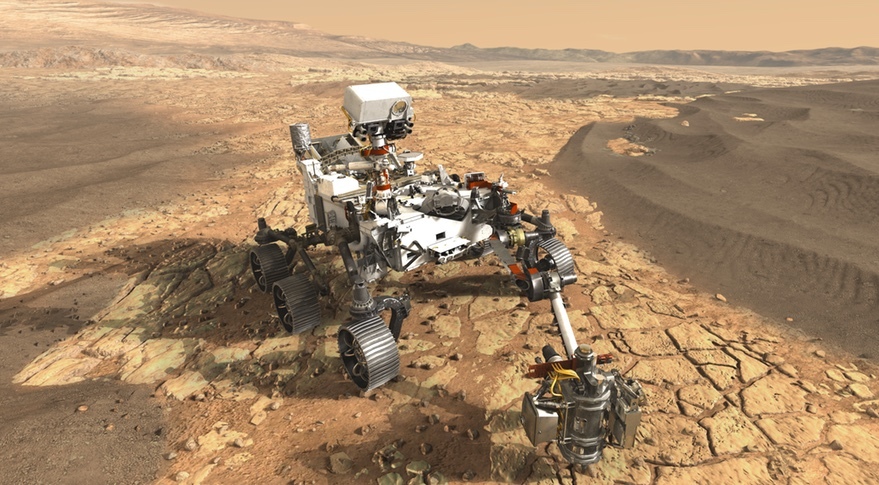
WASHINGTON — NASA will carry out an independent review of its overall efforts to return samples from Mars, seeking to find any potential issues with the campaign while still in its earliest stages of development.
NASA announced Aug. 14 it will establish a Mars Sample Return Independent Review Board to examine the agency’s current plans to return samples from Mars, which started with the Mars 2020 mission launched July 30. The board will be chaired by David Thompson, the former president of Orbital ATK who retired shortly after his company was acquired by Northrop Grumman in 2018.
“This review will give us the chance to focus on overall mission success and to consider potential improvements that can be made early in the program to help ensure that outcome,” Thompson said in a NASA statement.
Jeff Gramling, Mars Sample Return program director at NASA Headquarters, said at an Aug. 17 meeting of NASA’s Planetary Science Advisory Committee that Thomas Zurbuchen, NASA associate administrator for science, requested the independent review based on the experience with similar reviews of other programs, including what is now known as the Nancy Grace Roman Space Telescope. That mission, previously known as the Wide-Field Infrared Survey Telescope, went through a similar review in 2017 when it was facing cost overruns.
“The goals of the review are to make sure we’re on a firm foundation technically going forward, to review the concepts that have been developed to date, and also to look at the cost and schedule that we’re proposing and to make sure that they agree that we’ve got the right resources we need to do this job,” Gramling said.
The independent review is scheduled to last eight weeks, with preliminary results briefed to NASA after six weeks. Gramling said that, in addition to the independent review board, The Aerospace Corporation is performing a cost and schedule review for Mars Sample Return. Both reviews will support a mission concept review for the program, which was moved from early August to mid-October so it can incorporate the results of the independent reviews.
In his presentation to the committee, Gramling didn’t suggest any major changes were pending to the Mars Sample Return campaign. The Perseverance rover that Mars 2020 will deliver to the surface of Mars next February will cache samples of Martian rocks. A lander mission, scheduled for launch in 2026, will collect those samples, load them into a canister and launch it into Martian orbit. An Earth Return Orbiter, also launched in 2026, will grab the canister and return it to Earth, landing in the Utah desert in 2031.
The overall Mars Sample Return effort will likely cost more than $7 billion between NASA and the European Space Agency, which is partnering on the campaign. Mars 2020 cost $2.4 billion to build, plus $300 million for its first Martian year of operations. At a July 28 press conference, David Parker, director of human and robotic exploration at ESA, estimated that the Earth Return Orbiter that ESA will develop, along with a small “fetch” rover for the NASA-led lander, will cost 1.5 billion euros ($1.8 billion) over the next decade. Zurbuchen, at the same briefing, offered a “first guess” for the cost of NASA’s role in those future missions at $2.5–3 billion.
That could make Mars Sample Return the most expensive set of Mars missions to date. NASA’s twin Viking missions, which each had an orbiter and lander, cost an estimated $7.1 billion in 2020 dollars, according to an analysis by The Planetary Society.
That’s added to the pressure to better understand the true cost of the campaign of missions as soon as possible. Gramling referred to lessons learned from the development of the Curiosity rover mission, which “suggested we really get our arms around cost and schedule estimates early.”
“The primary objectives are to make sure we’re on a good footing going forward and that we have the resources we need to execute the mission and be successful,” he said.
Quelle: SN
